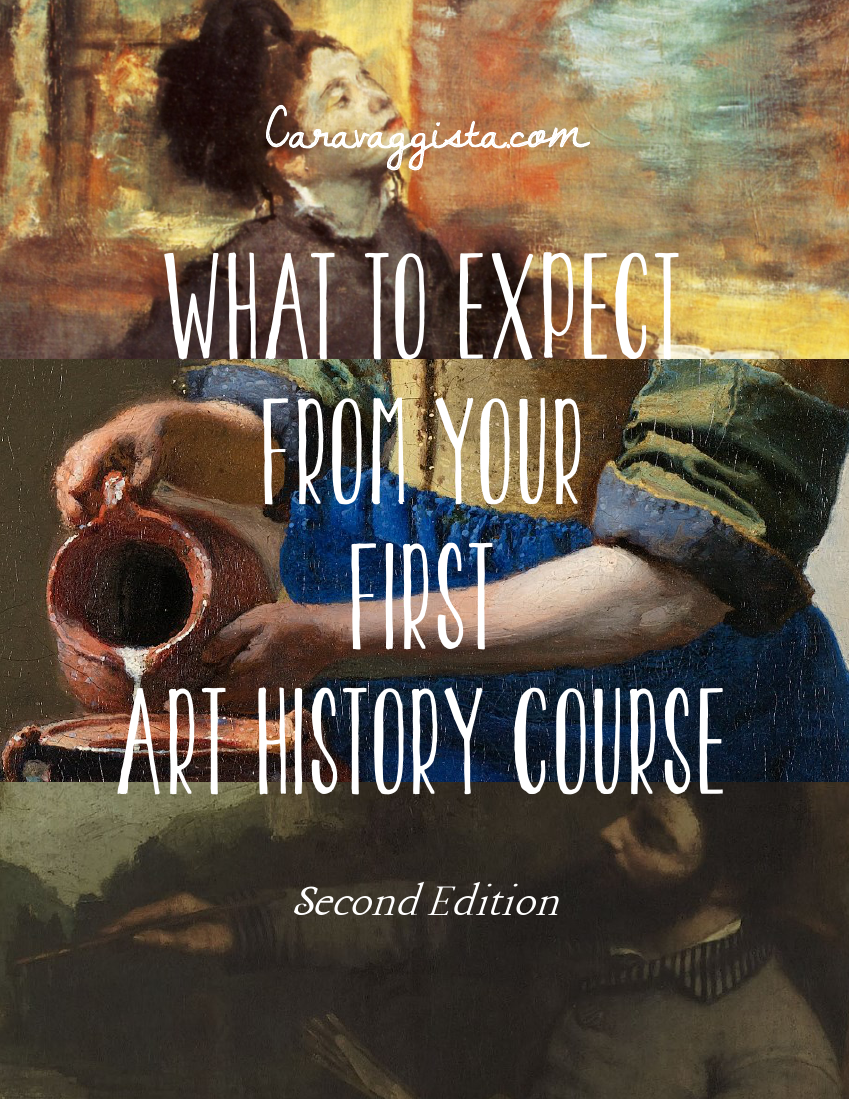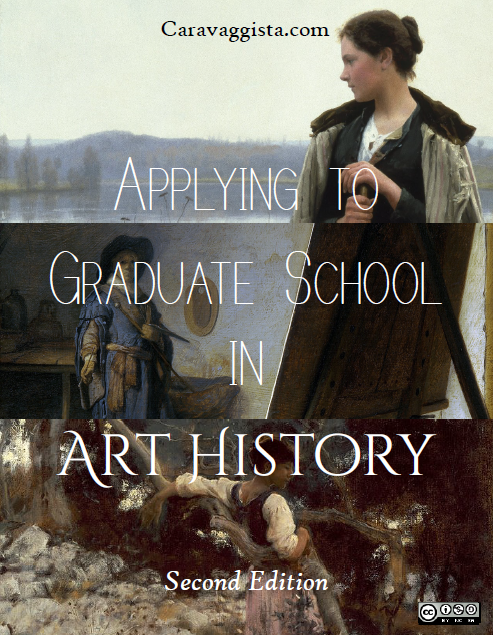Gentle, sensuous, tender, human. These are just a few of the words that describe Caravaggio’s depictions of the Virgin Mary. His Marian works rarely, if ever, reflect the same vibrant optimism seen in his peers’ paintings of the Virgin.1 Rather, glorification of the…
The Nativity of Jesus is drawn from accounts of Christ’s birth in the Gospels of Luke and Matthew. Following the Annunciation, Mary tells Joseph that she is with child and goes to visit her relative, Elizabeth, who is pregnant with John…
I’m so excited about this post. Since it obviously can’t be book or even research paper length, I have to warn you that it will not do justice to the topics it addresses (Artemisia Gentileschi, Caravaggio, Caravaggisti, Judith, Judith Slaying…
The story of Joseph and Potiphar’s wife can be found in Genesis 39. At this point in Joseph’s story, he had been nearly killed and then sold into slavery by his brothers and had wound up in Egypt in Pharaoh’s,…
Salome is one of many “bad girls” in art history. The step-daughter of King Herod, she was partially responsible for killing John the Baptist. You can read the full story in Mark 6:14-30. Herod was hesitant to kill John, for…
I want to preface today’s discussion by noting that I’ve included El Greco in this series on Spanish Baroque because, in Spain, he is the link between “mannerism” and the “true Baroque” style. He combined mannerist forms with Baroque drama. …
This week in the Spanish Baroque series will be a little different. We’re going to take a look at the art of El Greco. Today, we’ll examine his Burial of the Count of Orgaz. I will try to post a…


